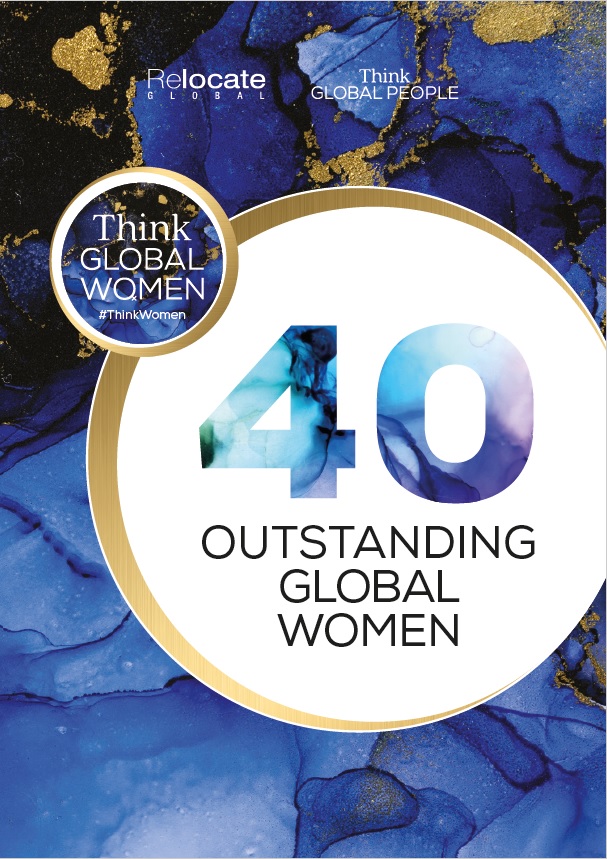IWD 2024: Equal Pay Experts Shares Her Insights on Gender Pay Gap
A new survey of 2,000 UK employees by Glassdoor has found that women are being unfairly disadvantaged by a lack of salary transparency which in turn is perpetuating the gender pay gap.
The latest figures from the ONS reveal that the UK’s gender pay gap in November 2023 was 14.3%
According to Syndio, almost 69% of women feel anxiety or worry about negotiating pay, with 20% fearing that asking for a salary boost will damage their careers.
In light of this, legal experts at Weightmans have looked at the gender pay gap and what are the ways that we can bridge the gap.
Why Does the Gap Exist?
The gender pay gap has been a longstanding issue with roots in historical, cultural, social, and economic factors. Here’s an analysis of why the gender pay gap exists:
The Motherhood Penalty: Women often face professional setbacks after becoming mothers. They might be passed over for promotions or given fewer responsibilities due to perceptions about their priorities.
Historical Roles & Stereotypes: Traditional gender roles have long cast men in breadwinner roles and women in caregiving roles.
Occupational Segregation: Women and men tend to work in different professions, often dictated by societal norms and expectations.
Limited Access to Senior Roles: Women are underrepresented in senior, executive, and board roles, which typically come with higher salaries.
Negotiation Dynamics: Studies have found that women are less likely to negotiate their salaries than men.
Part-Time Work: Women are more likely than men to work part-time, often due to caregiving responsibilities. Part-time jobs can have slower wage growth and fewer opportunities for advancement.
Lack of Transparency: Many organisations lack transparency regarding pay, which can cloak disparities and make it harder for women to know when they’re being underpaid.
Unequal Access to Education: In some parts of the world, women have less access to education than men, limiting their career opportunities and potential earning power.
Direct Discrimination: Unfortunately, in some instances, women are paid less than men for doing the exact same job, reflecting direct gender discrimination.
What Can We Do To Close the Gap?
As we navigate the intricacies of the gender pay gap, it’s important to recognize that while systemic shifts are essential, and it is not down to women to solve, there are actions women can take to help combat the gender pay gap that has proven effective in real-world settings.
Negotiate Salaries and Raises: Evidence shows that women often do not negotiate their salaries as aggressively as their male counterparts. To combat this, employers should encourage salary negotiation by showing salary ranges. By clearly communicating the salary range for a role, women are better informed about what’s reasonable, enabling them to negotiate.
Skill-Based Recruitment: Rather than primarily relying on interviews, adopting skill-based assessment tasks has been found beneficial. By having candidates execute actual tasks they’d perform in their roles, employers can gauge genuine competence.
Structured Interviews: While both structured and unstructured interviews have their merits, the former reduces the room for unfair bias. Implement structured interviews that ask identical questions to every candidate in a consistent order and format.
Invest in Continuous Learning and Seek Leadership Roles: Ensuring up-to-date skills, especially in in-demand areas, and aiming for positions of authority can increase earning potential.
Transparency in Promotion and Pay: Introducing transparency to promotion, pay, and reward processes ensures that policies are clear to everyone.
Diversity Oversight: Appointing diversity managers and/or diversity task forces brings in a layer of accountability. These entities, especially when they hold executive roles, can overlook talent management procedures, ensuring less biased decision-making in hiring and promotions.
Inclusive Shortlists: When considering candidates for recruitment or promotions, it’s crucial to include multiple women in shortlists.
Financial Literacy and Networking: Understanding finances and cultivating professional relationships remain instrumental in fostering career growth.
Jawaid Rehman, Equal Pay Expert at Weightmans comments, “In today’s dynamic world, the gender pay gap remains a pressing issue. To effectively tackle it, organisations must go beyond surface solutions. Regular wage audits, transparent pay structures, and continuous training to counteract biases are foundational steps. But the journey doesn’t stop there. It’s imperative to also cultivate a workplace culture that celebrates diversity, inclusivity, and above all, equality. This isn’t just about achieving equitable numbers on a paycheck—it’s about understanding and valuing the diverse perspectives, skills, and innovations that every individual brings to the table. The pursuit of closing this gap demands not only commitment but sustained action. It’s a collective endeavour that challenges us to reevaluate our norms and to champion a future where every individual’s contribution, irrespective of gender, is recognized, celebrated, and rewarded fairly.”




